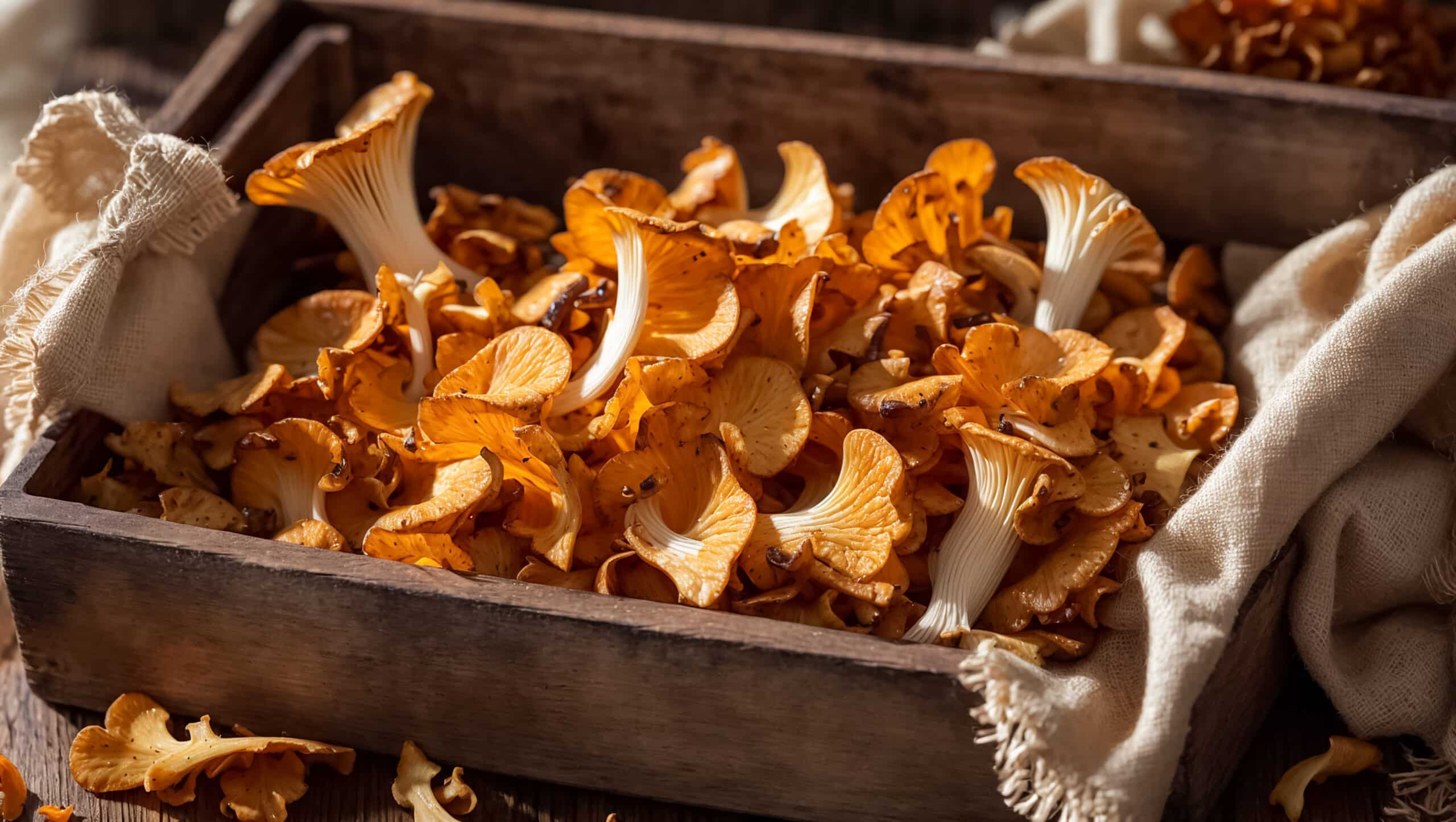Can you eat chicken of the woods fungus?
Key Takeaways
- Chicken of the woods fungus is edible and often used as a meat substitute in recipes.
- It has various health benefits, including anti-inflammatory and neuroprotective properties.
- Chicken of the woods mushrooms can be cooked in various ways and used in dishes such as pasta, soups, and stews.
Yes, chicken of the woods fungus is edible. It is considered a choice edible mushroom and is often used as a meat substitute in recipes. It is rich in antioxidants, similar to oyster mushrooms, which can improve intestinal and liver health. The fungus also has antibacterial and antifungal effects, reducing the activities of harmful pathogens such as Escherichia coli, Staphylococcus aureus, and Pseudomonas aeruginosa. It is even being investigated for its potential antitumor effects, potentially reducing the migration potential of specific carcinogenic cells.
Chicken of the woods fungus may have various health benefits. It is believed to have anti-inflammatory, immunomodulatory, and neuroprotective properties, which could be beneficial for conditions like Alzheimer’s and Parkinson’s disease. Additionally, it may have hepatoprotective, gastric analgesic, probiotic, insulinogenic, and metabolism-modulating effects. The fungus contains important micronutrients such as calcium, magnesium, zinc, vitamin B12, and vitamin D3.
In terms of cooking, chicken of the woods mushrooms can be blanched, fried, sautéed, or baked. They should be carefully cleaned before being prepared. The mushrooms can be used in various dishes such as pasta dishes, risotto, rice dishes, soups, stews, and as a topping for meats. One simple preparation involves sautéing the mushrooms with shallots, garlic, white wine, and fresh thyme. The mushrooms can be stored in the refrigerator for 7-10 days in a paper bag.
It is important to note that when consuming any wild mushroom, including chicken of the woods, it is crucial to correctly identify the species to avoid potential poisoning. If you are unsure about the identification or safety of a mushroom, it is recommended to consult an expert or avoid consumption altogether.
Related Websites:
FAQs:
Q: What is Chicken of the Woods fungus?
Chicken of the Woods fungus is a type of mushroom with the scientific name Laetiporus. It is known for its vibrant colors and unique appearance, often resembling chicken meat. This fungus typically grows on decaying trees or logs in forests.
Q: Is Chicken of the Woods fungus edible?
Yes, some species of Chicken of the Woods fungus are edible. However, it is important to note that not all species are safe for consumption. Accurate identification is crucial before consuming any wild mushroom.
Q: What are the characteristics of edible Chicken of the Woods fungus?
Edible species of Chicken of the Woods fungus have vibrant colors, such as orange or yellow, and a soft texture. They are often compared to the flavor of chicken or seafood. These mushrooms are popular as a meat substitute in vegetarian and vegan dishes.
Q: What are the risks of consuming toxic or inedible species of Chicken of the Woods fungus?
Consuming toxic or inedible species of Chicken of the Woods fungus can pose health risks. It is essential to distinguish between edible and non-edible species to avoid potential issues. Accurate identification and consulting experts or reputable field guides are crucial for safety.
Q: How can I identify edible Chicken of the Woods fungus?
To identify edible Chicken of the Woods fungus, look for vibrant colors, soft texture, and growth patterns on decaying trees or logs. Consulting reputable field guides or experts is highly recommended for accurate identification.
Q: How do I prepare and cook Chicken of the Woods fungus?
To prepare edible Chicken of the Woods fungus, sauté, grill, or add it to soups and stews. Thorough cooking is important to ensure any potential toxins are destroyed. Enjoy the culinary possibilities by correctly identifying and preparing this mushroom.






